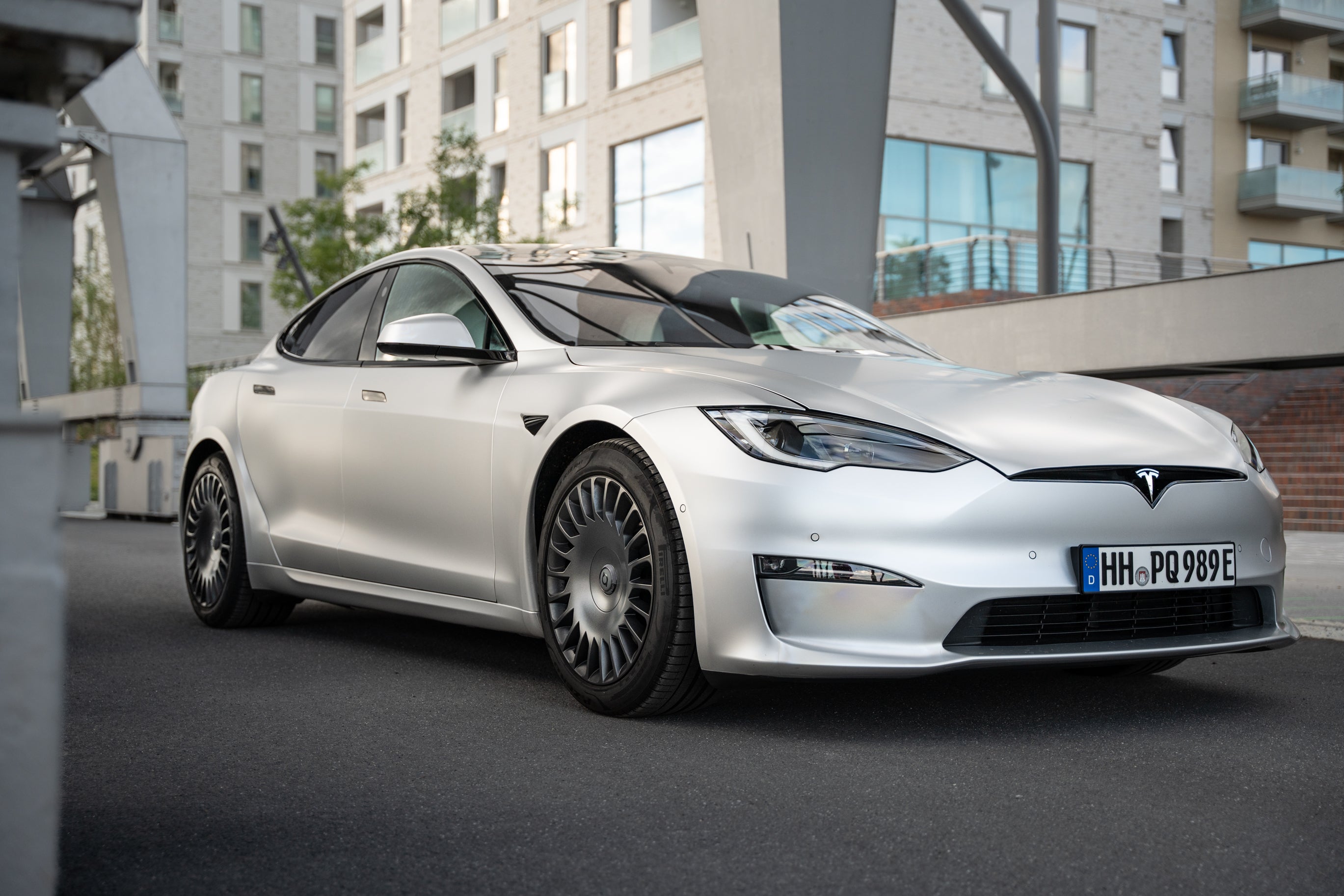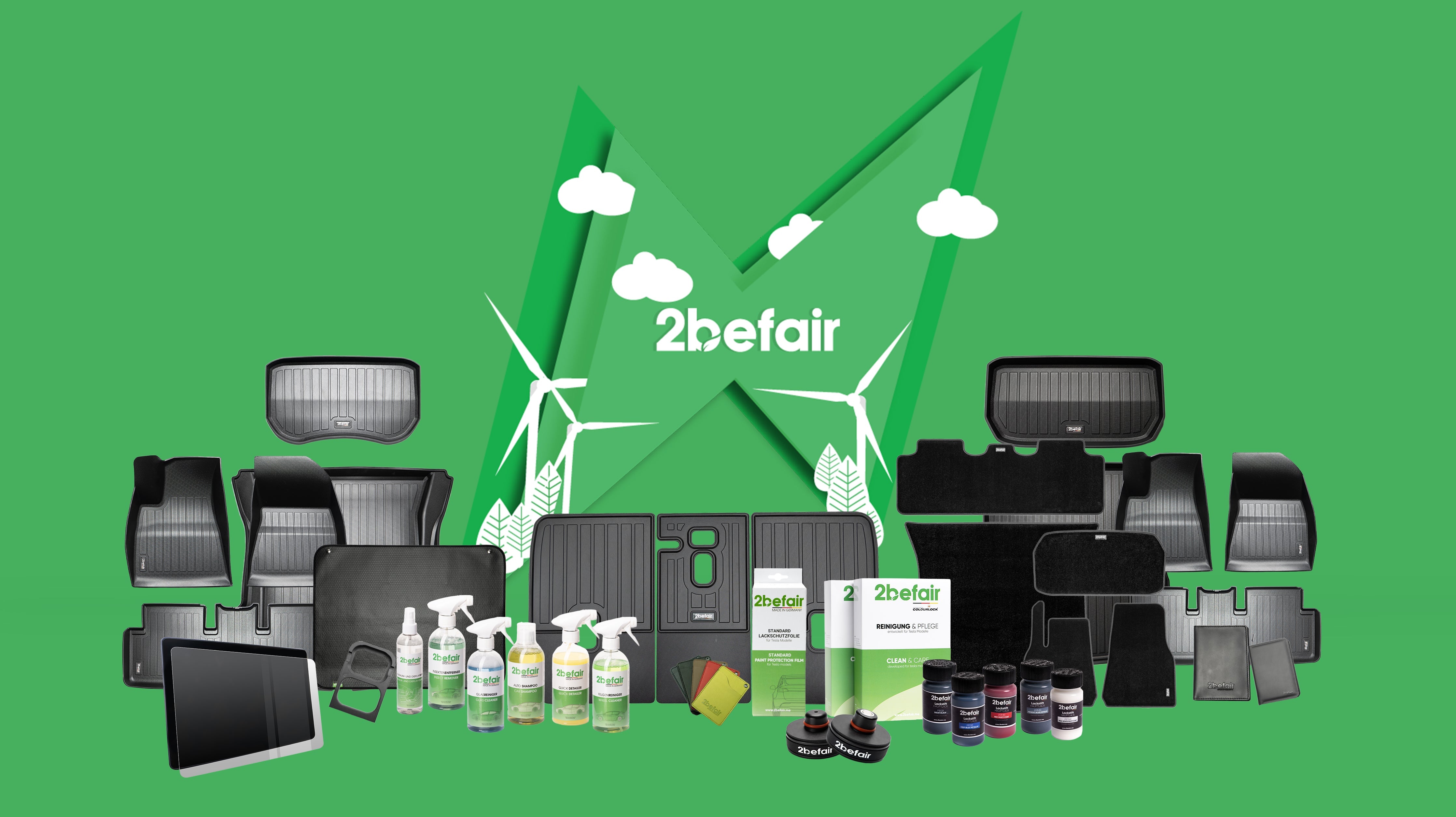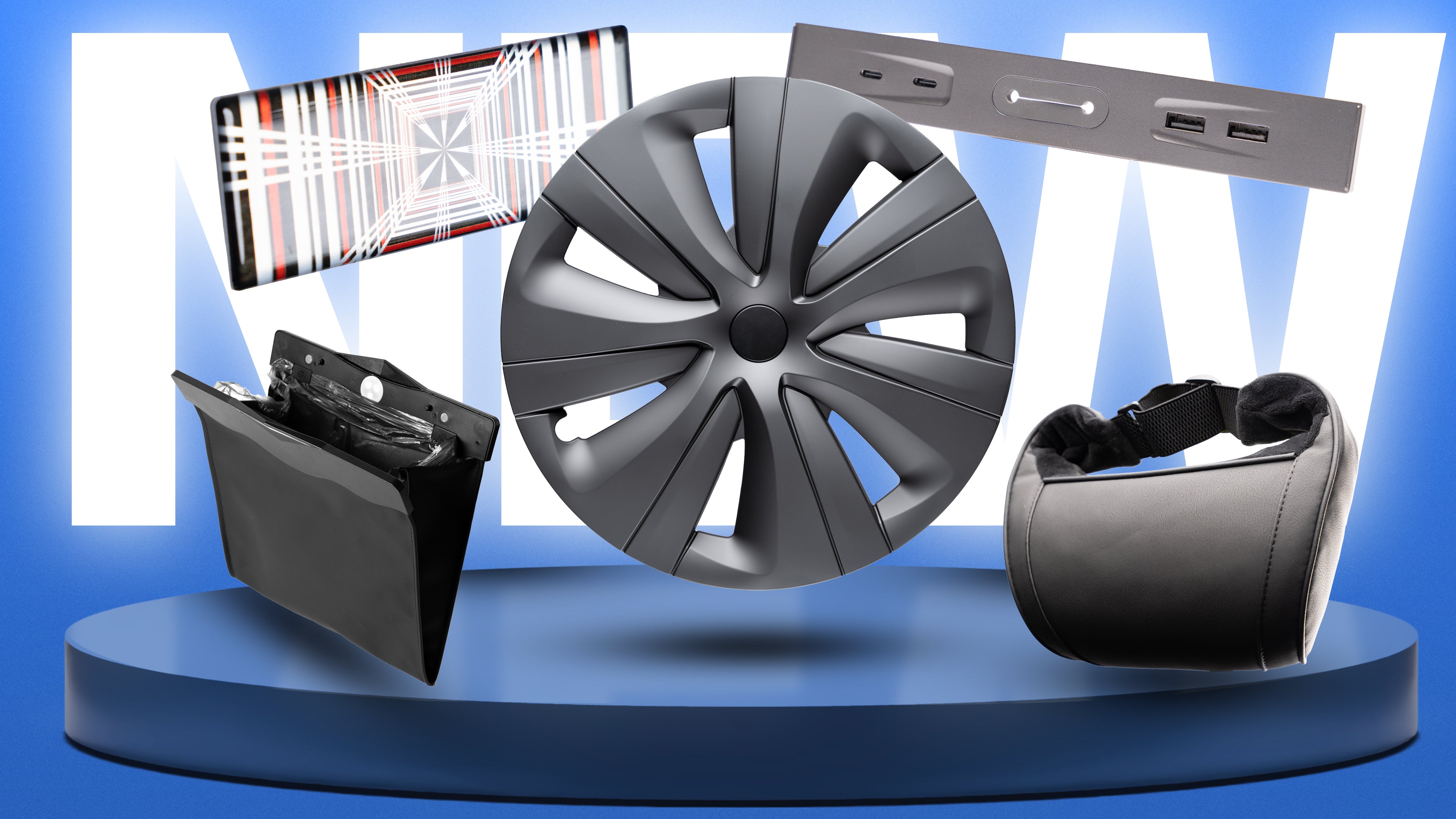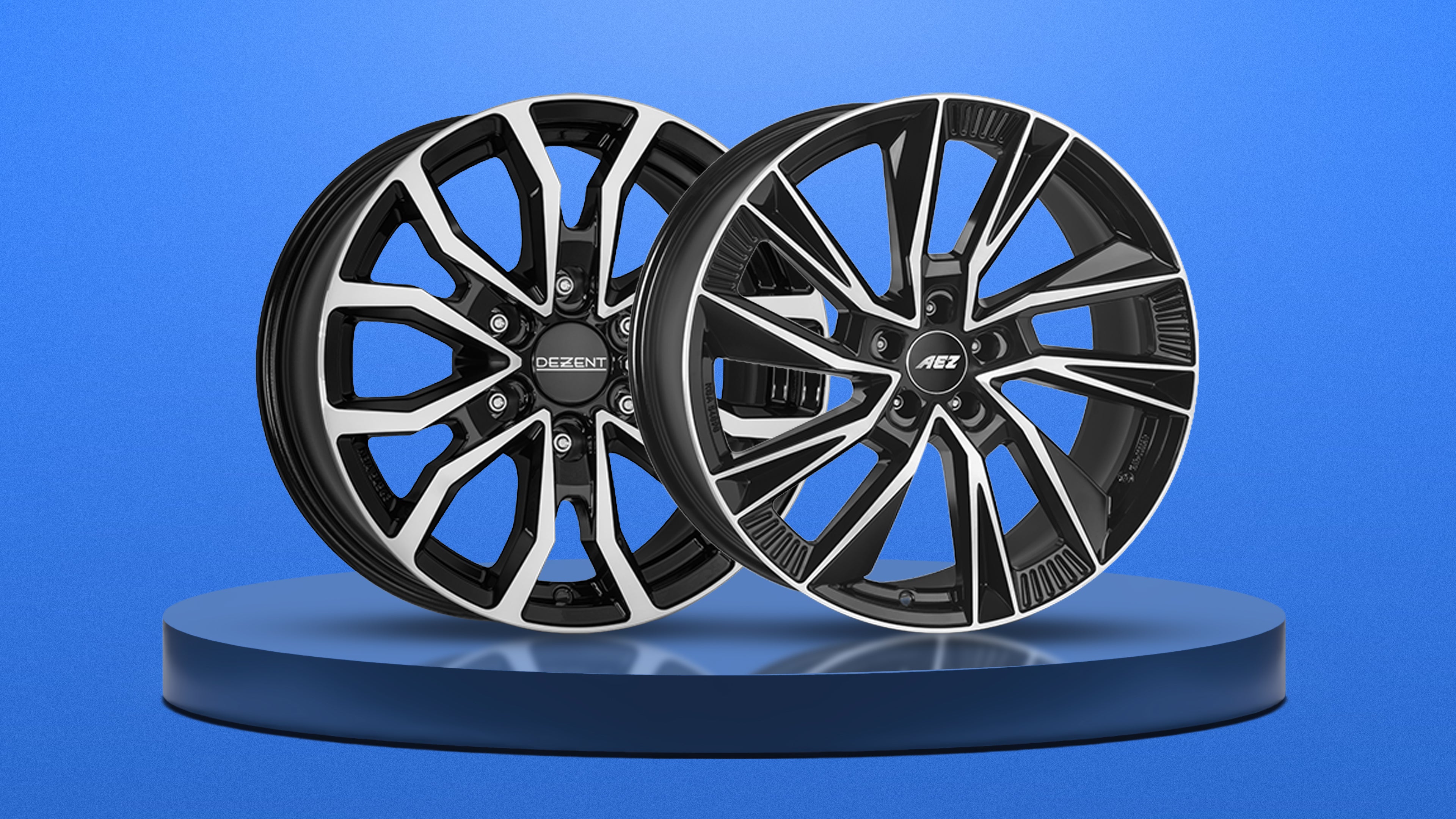Are you the proud owner of a Tesla, are you thinking about ordering a Tesla or have you already ordered one? To maximize the range of a Tesla and the life of the battery, it is important to follow the correct charging habits. An adapted charging pattern can minimize or slow down the degradation of the battery. Here we have summarized some tips for you to optimize the performance of your Tesla:
- Basic rules to follow when charging an electric car.
- How do I charge my Tesla at home?
- How good is the Tesla Wall Connector?
- How do I charge my Tesla on the road?
 1. basic rules that I should follow when charging an electric car.
1. basic rules that I should follow when charging an electric car.
Charge in the optimum battery range: The battery works best in the 20-80% range. Avoid regularly charging the battery below 20% (yellow area) or above 80%. It is best to only charge above 80% immediately before the journey if this is necessary for the planned route. An exception to this is the LFP battery in the rear-wheel drive models of the Model 3 and Model Y. To maintain the performance of the battery, Tesla recommends keeping the charge limit at 100% and fully charging it at least once a week. This is the only way for the BMS (Battery Management System) to calibrate itself sufficiently.
Avoid extreme states of charge: If possible, do not leave your Tesla without charging if the state of charge falls below 20%. In particular, avoid parking overnight when the state of charge is below 7% (red area), as otherwise there is a risk that the battery will continue to discharge.
Prefer slow charging: Slow charging is gentler on the battery than frequent fast charging. This reduces degradation and extends the service life of the battery.
Correct charging infrastructure: Always make sure to use the correct charging infrastructure and the correct charging plugs to avoid damaging the vehicle's charging connection. When using a Schuko plug with cable reel, unwind the cable completely to protect it from overheating.
By following these tips, you can extend the life of your Tesla's battery and maximize its range. However, keep in mind that every battery loses capacity over time due to material wear and cyclical charging and discharging of the electrodes.
2 How do I charge my Tesla at home?
Charging an electric car at home can be easy and efficient. However, we have put together some tips to make charging at home even easier:
Choosing the right charging station: There are different types of charging stations (also known as wallboxes) with different charging capacities. A standard wallbox with around 11 kW is usually a good choice for domestic use. It enables much faster charging than a normal household socket. The installation of a wallbox should always be carried out by a professional to avoid safety risks.
Note the charging time: If possible, charge your electric car at night or at times when the electricity tariff is cheaper to save costs. Some energy suppliers offer special tariffs for owners of electric cars.
Pay attention to the charging capacity: To prolong the life of your Tesla's battery, avoid fully charging or discharging the battery regularly. For most batteries, charging to 80% is often a good compromise between range and battery conservation. An exception to this, as described above, is the LFP battery (lithium iron phosphate battery).
Use smart home integration: Many modern charging stations offer smart home integration, which allows you to control and monitor the charging process via an app. This means that charging times can be optimally planned or, for example, excess charging from your own photovoltaic system can be activated to optimize the charging process and even save money.
Optimal charging strategy: In everyday life, it is often best to charge the vehicle at a moderate speed. This extends the life of the battery and maximizes charging efficiency. Fast charging should be used for long-distance journeys or emergencies. Slow charging over several hours is preferable to fast charging. Charging losses are lower at the wallbox than at the normal socket or when fast charging. These losses can be influenced by various factors such as the efficiency of the charger, the condition of the battery and the ambient temperature. In winter, when temperatures are particularly cold, it is advisable to charge immediately after the end of the journey, as the battery is then still warm and no energy needs to be used to heat it up. If possible, it is best to charge in a garage and ensure that the internal temperature is stable.
3 How good is the Wall Connector?
The Tesla Wall Connector is a charging station specially developed by Tesla that is characterized by a number of special features. First of all, it is optimally adapted to the Tesla models and their display in Tesla's own vehicle app, which means that you can use it to charge your Tesla efficiently and quickly and have everything at a glance. In Tesla vehicles, for example, the Tesla charging port opens at the touch of a button on the Wall Connector's charging plug. Of course, other electric vehicles can also be charged with the Wall Connector.

What can the Connector do?
The Tesla Wall Connector not only offers a very clear display of the application, but also other useful intelligent functions. For example, the desired charging times can be easily planned, which is not only convenient, but can also help to optimize charging costs. In addition, the Wall Connector has a modern yet sleek design that is perfect for a wide variety of installation locations.
Features
- Compatible with all electric vehicles with a type 2 plug
- Plan, manage and track charging processes - via the Tesla app
- Wi-Fi connectivity for firmware updates over the air
- Up to 71 km range per hour
- Up to 22 kW charging power in (three-phase) three-phase networks
- Power distribution to support multiple wall connections
- Simple installation in single-phase or three-phase networks
- Tesla charging connection accessible from the plug
- Cable length 7.3 m
What is the connector missing?
However, there are also some points in which the Tesla Wall Connector cannot quite keep up with other wallboxes. For example, it can be more expensive than other models on the market. In addition, although it can also charge other electric vehicles, it is primarily designed for Tesla vehicles, which limits its versatility somewhat. In terms of integration with smart home systems, charging PV surplus or customizability of power settings, other wallboxes may offer more options.
4 How do I charge my Tesla on the road?
This brings us to a charging option that is particularly important for Tesla drivers thanks to the Supercharger network developed by Tesla itself. The Supercharger network in Europe is compatible with Tesla models and is constantly being expanded, so there is no need to worry about getting stranded on road trips or longer journeys. But it is no longer just Tesla drivers who benefit from its own Supercharger network, as Tesla has gradually opened up the majority of its Superchargers to other brands in the past. However, the price per kW has risen significantly compared to that for Tesla drivers, unless you take out a monthly subscription that can be canceled. Then you can charge at the prices for Tesla drivers. This is particularly worthwhile for frequent drivers or longer vacation trips.
Charging capacities of up to 250 kW are no problem for the current Tesla models. The plug-and-charge process, in which the Supercharger communicates directly with the Tesla and charges via the stored credit card, significantly simplifies the charging process. The costs for Supercharging are comparatively low (currently an average of €0.45/kWh can be assumed, but Tesla differentiates between different locations and times of day - it is worth taking a look at the current prices).
There are currently three variants of Superchargers. These are referred to as V2, V3 and V4. The oldest version V2 can be recognized by the two available cables (CCS for the current Tesla models and Type 2 for the older Tesla models Model S and Model X). The maximum charging power per Supercharger is a maximum of 150 kW. Please note that with V2 Superchargers, two columns always share the charging power. This can be recognized by the numbering, e.g. 1a and 1b. If there is already an electric car at such a charging station, the 150 kW is shared. The V3 Supercharger is visually identical to the V2 Supercharger, but only has one cable with a CCS connection. They deliver a maximum of 250 kW and do not share the charging power with other charging points. The V4 is the latest variant, which also differs visually from the two older variants. In addition, the cable is laid differently and is longer, so that third-party vehicles have less difficulty charging and, in the worst case, do not have to block two charging stations. This variant can also currently deliver 250 kW and does not share the charging power with other charging stations.
All Supercharger locations are stored in the Tesla's navigation system. On longer journeys, the Tesla navigates directly to these locations and preconditions the battery accordingly. At most Supercharger locations, there are also fast chargers from other providers, e.g. ENBW, Fastnet, Allego or IONITY. With these fast chargers, a charging card or an app is required to activate the charging station. Plug and charge is currently only possible for a few electric cars. The costs are usually significantly higher than with Tesla. In principle, there is nothing wrong with fast charging. However, you should try to find a good balance between AC and DC charging. During fast charging, the battery heats up very quickly and is exposed to high temperatures. However, batteries do not like to be exposed to high currents during charging or discharging and very cold or high temperatures at the same time. Although the battery management system ensures that the temperature is kept within a certain range during charging and that the battery is charged as gently as possible, this is only ever a compromise between charging speed and damage. In addition, the capacity of the battery decreases more quickly with frequent fast charging.
 On the road, however, you also want to charge outside the Supercharger network. If you have time and are not dependent on the fast charging network, AC charging stations that can charge at up to 11 kW are a good option. These are now available in many cities. If you want to be prepared for a wide variety of charging connections, we recommend flexible charging adapters such as the Juice Booster or the NRG-Kick. You can charge with up to 22 kW and there are all kinds of adapters so that you can charge flexibly anywhere. The Juice Booster is also waterproof and can be driven over with a wheel load of up to 3 tons, which makes it very practical in any situation.
On the road, however, you also want to charge outside the Supercharger network. If you have time and are not dependent on the fast charging network, AC charging stations that can charge at up to 11 kW are a good option. These are now available in many cities. If you want to be prepared for a wide variety of charging connections, we recommend flexible charging adapters such as the Juice Booster or the NRG-Kick. You can charge with up to 22 kW and there are all kinds of adapters so that you can charge flexibly anywhere. The Juice Booster is also waterproof and can be driven over with a wheel load of up to 3 tons, which makes it very practical in any situation.






































